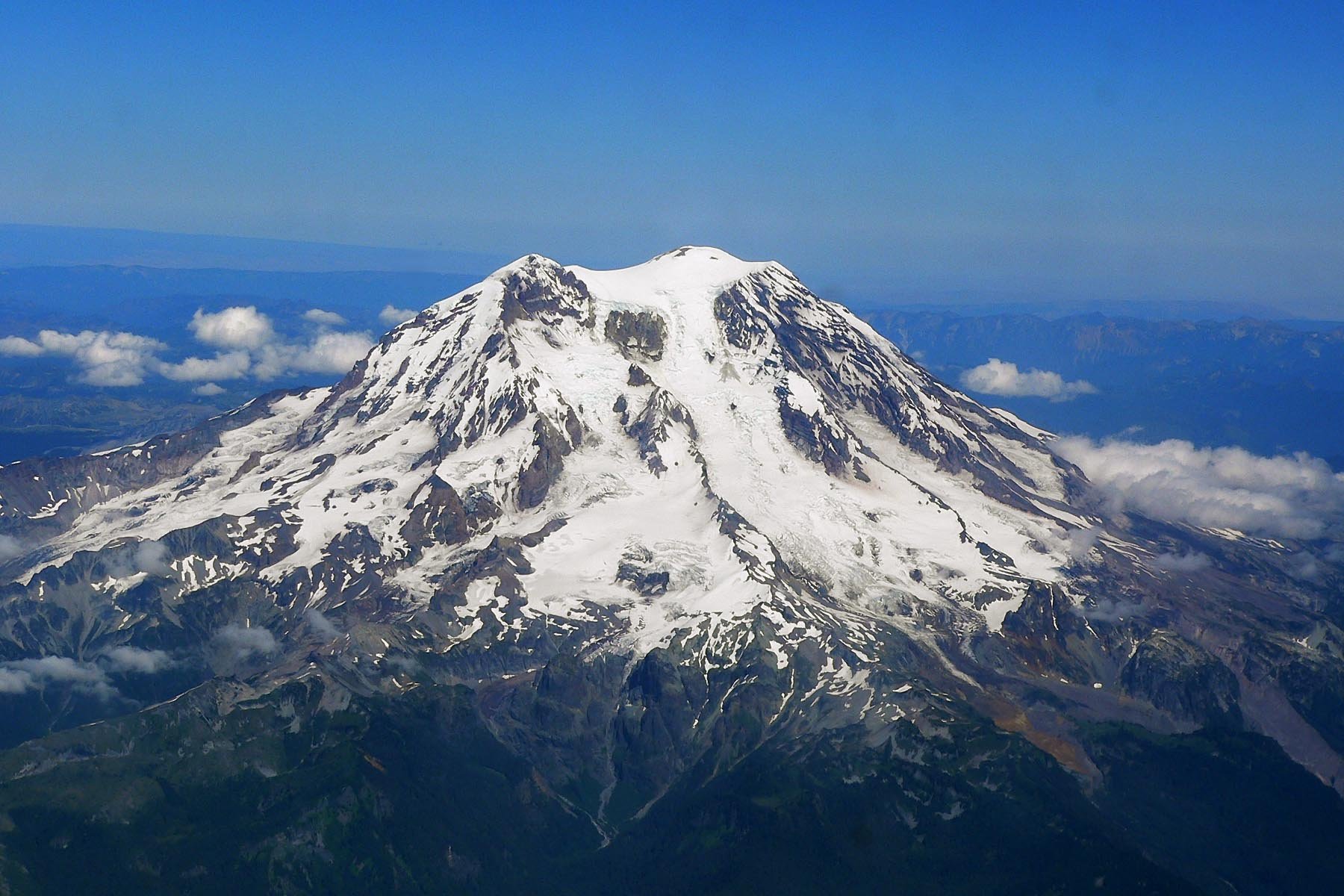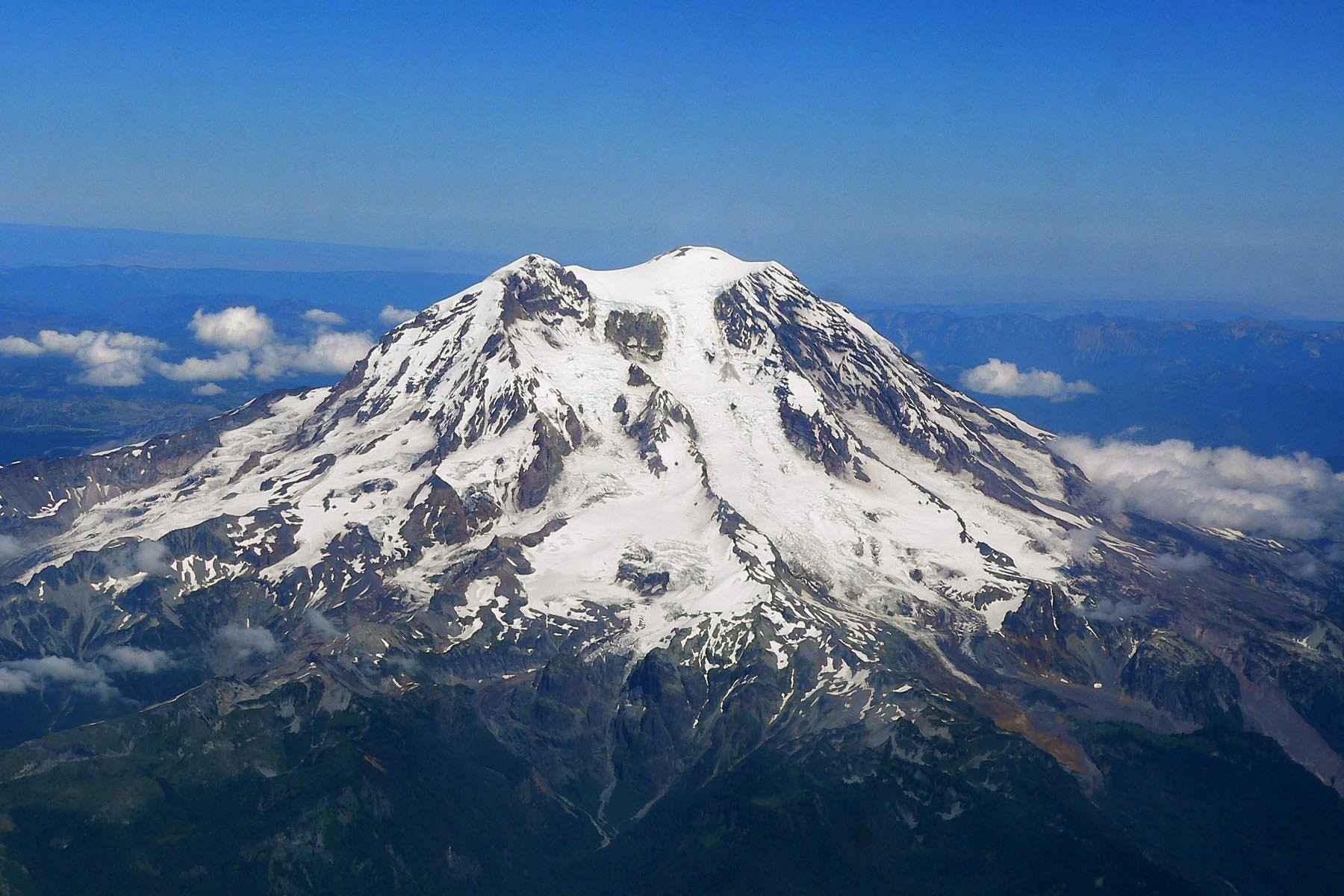The stained glass ice cave Mount Rainier Washington is a mesmerizing natural phenomenon that captivates visitors with its ethereal beauty. Located within the Paradise Glacier area of Mount Rainier National Park, these ice caves once offered a unique glimpse into the heart of the glacier. The caves’ translucent ice walls, when illuminated by sunlight, created a stunning stained glass effect, giving rise to their poetic name. However, due to climate change and glacier retreat, these specific caves have largely disappeared, leaving behind a legacy of natural wonder and environmental concern.
What is the History of the Stained Glass Ice Cave?

The stained glass ice cave Mount Rainier Washington has a rich history intertwined with the park’s glacial landscape. These caves were formed by meltwater carving tunnels through the Paradise Glacier. Over time, as sunlight filtered through the ice, it created a mesmerizing array of colors reminiscent of stained glass windows in cathedrals.
- Formation: Carved by meltwater over centuries
- Peak Popularity: Mid-20th century
- Current Status: Largely disappeared due to glacier retreat
Where Exactly Was the Stained Glass Ice Cave Located?

The stained glass ice cave Mount Rainier Washington was primarily associated with the Paradise Glacier area. While the exact coordinates of the historical caves are not available, the general location can be described as follows:
- Area: Paradise Glacier, Mount Rainier National Park
- Approximate Coordinates: Near 46.7873° N, 121.7353° W
- Elevation: Around 5,400 feet in Paradise Valley
How Can Visitors Access the Ice Cave Area Today?
While the original stained glass ice cave Mount Rainier Washington no longer exists, visitors can still explore the area where these caves once stood:
- Start at the Jackson Visitor Center in Paradise.
- Take the Skyline Trail heading northeast.
- Pass the Paradise Inn and Guide House.
- Continue to the Stevens-Van Trump Historical Monument.
- Turn right onto the Paradise Glacier Trail.
Note: Always check current trail conditions and park advisories before setting out.
What Caused the Disappearance of the Stained Glass Ice Cave?
The disappearance of the stained glass ice cave Mount Rainier Washington is primarily attributed to climate change:
| Factor | Impact |
|---|---|
| Rising Temperatures | Accelerated melting of the Paradise Glacier |
| Reduced Snowfall | Less ice formation and glacier replenishment |
| Glacier Retreat | Collapse of ice cave structures |
Are There Any Similar Ice Caves Still Accessible on Mount Rainier?
While the original stained glass ice cave Mount Rainier Washington is gone, other ice formations on the mountain offer similar experiences:
- Summit Ice Caves:
- Located within the twin craters at the summit
- Elevation: 14,411 feet
-
Accessible only through advanced mountaineering expeditions
-
Seasonal Ice Formations:
- Form in winter along various glaciers
- Locations vary year to year
- Require expert guidance and proper equipment to explore safely
What Photography Opportunities Exist for Ice Caves on Mount Rainier?
For photographers seeking to capture ice cave imagery similar to the stained glass ice cave Mount Rainier Washington, consider these tips:
- Best Time: Mid-morning to early afternoon for optimal natural light
- Equipment:
- Wide-angle lens for capturing cave interiors
- Tripod for long exposures in low light
- Polarizing filter to reduce glare from ice surfaces
- Permits: Required for commercial photography; contact park administration
How Has Climate Change Affected Mount Rainier’s Glaciers?
The loss of the stained glass ice cave Mount Rainier Washington is just one example of climate change impacts on the park:
- Glacier Retreat: All of Mount Rainier’s glaciers have shown significant retreat.
- Ice Volume Loss: Estimated 39% reduction in glacier volume since 1970.
- Ecosystem Changes: Shifting habitats for flora and fauna dependent on glacial environments.
- Hydrological Impacts: Altered stream flows affecting downstream ecosystems and water resources.
What Safety Precautions Should Visitors Take When Exploring Ice Caves?
While the stained glass ice cave Mount Rainier Washington no longer exists, safety remains crucial when exploring any ice formations:
- Always go with an experienced guide
- Wear proper gear including helmets and crampons
- Be aware of falling ice and rock hazards
- Carry appropriate emergency equipment
- Check weather conditions and park advisories before setting out
How Can Visitors Learn More About Mount Rainier’s Glacial History?
To delve deeper into the history of features like the stained glass ice cave Mount Rainier Washington:
- Visit the Paradise Jackson Visitor Center
- Attend ranger-led programs on glaciology and park history
- Explore the park’s geology exhibits
- Read historical accounts and scientific publications on Mount Rainier’s glaciers
By understanding the past and present of Mount Rainier’s ice caves, visitors can gain a deeper appreciation for these fleeting natural wonders and the importance of preserving our glacial environments for future generations.
